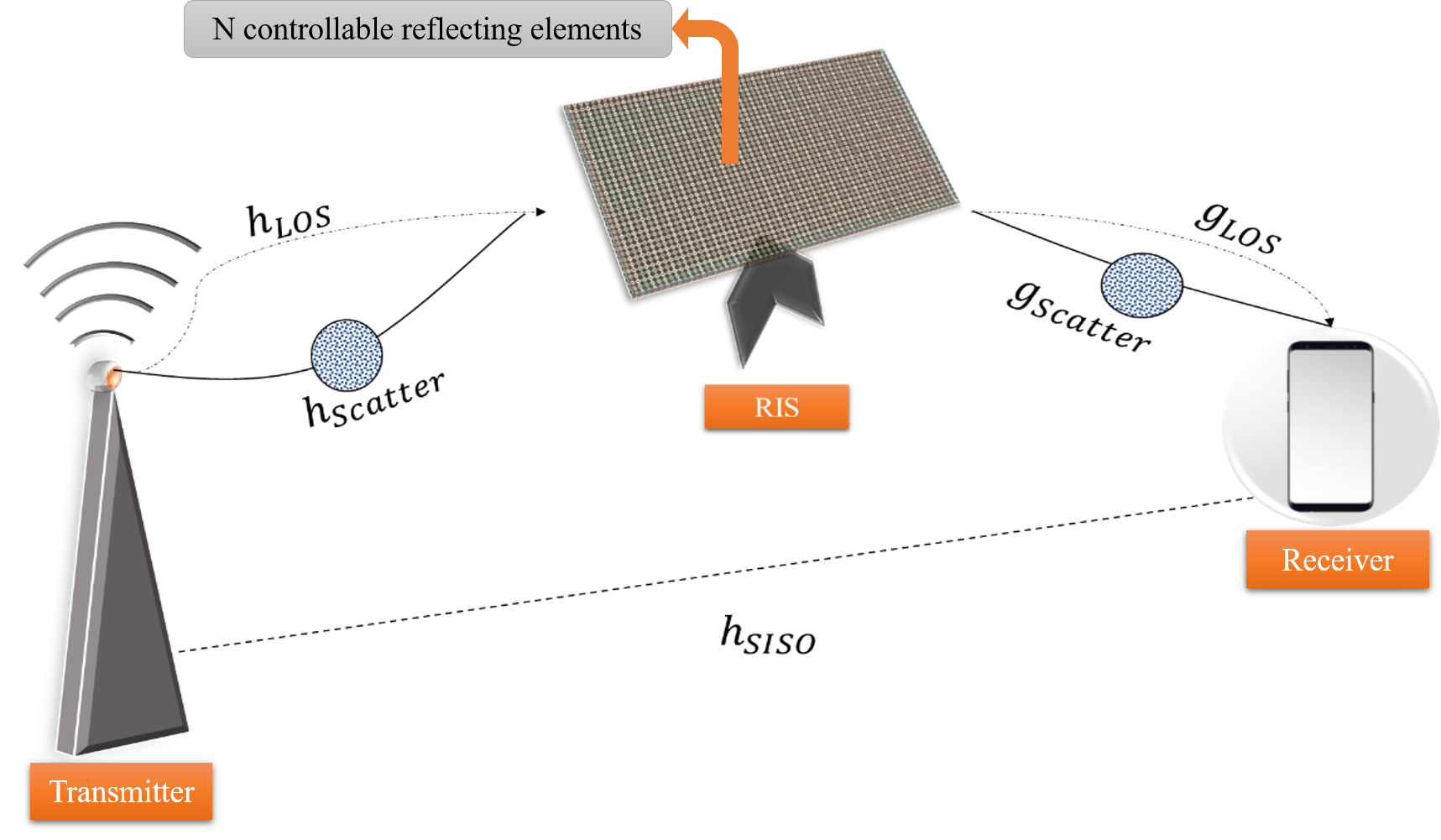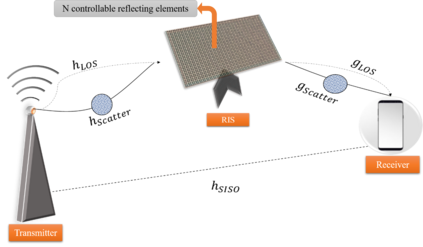In state-of-the-art wireless networks, the radio environment is beyond the control of the operators which leads to several issues. For example, signal attenuation limits radio connectivity, multi-path propagation results in fading phenomena and reflections/refractions from large objects are the main sources of uncontrollable interference. To overcome these issues, a new technology referred to as reconfigurable intelligent surfaces (RISs) has been brought to light. RISs, whose interactions with the electromagnetic waves are reconfigurable, are at the heart of the smart radio environments for beyond 5G (or 6G) wireless systems. Research on design of smart radio environments is still in infancy. To this end, this paper provides performance insights for design of RIS-assisted smart radio environments. By extending a recent system-level simulator and through extensive simulations, it investigates the impact of positioning/placement of RISs, the number of reflecting elements and the tilt/rotation of RISs in both single and multi-RIS environments. Results reveal that these aspects are crucial to achieving capacity and reliability enhancements in smart radio environments.
翻译:在最先进的无线网络中,无线电环境是操作者无法控制的,导致出现若干问题。例如,信号衰减限制无线电连通,多路传播导致大型物体的反射/折射现象和反射,是无法控制的干扰的主要来源。为了克服这些问题,已点亮了被称为可重新配置的智能表面(RIS)的新技术。与电磁波的相互作用可以重新配置的RIS,是5G(或6G)无线系统以外的智能无线电环境的核心。关于智能无线电环境设计的研究仍然处于萌芽阶段。为此,本文件为设计RIS辅助智能无线电环境提供了性能洞察力。通过扩展最近的系统级模拟器和广泛的模拟,它调查了RIS定位/定位的影响、反映元素的数量以及RIS在单一和多RIS环境中的倾斜/旋转。结果显示,这些方面对于智能无线电环境中的能力和可靠性的增强至关重要。





